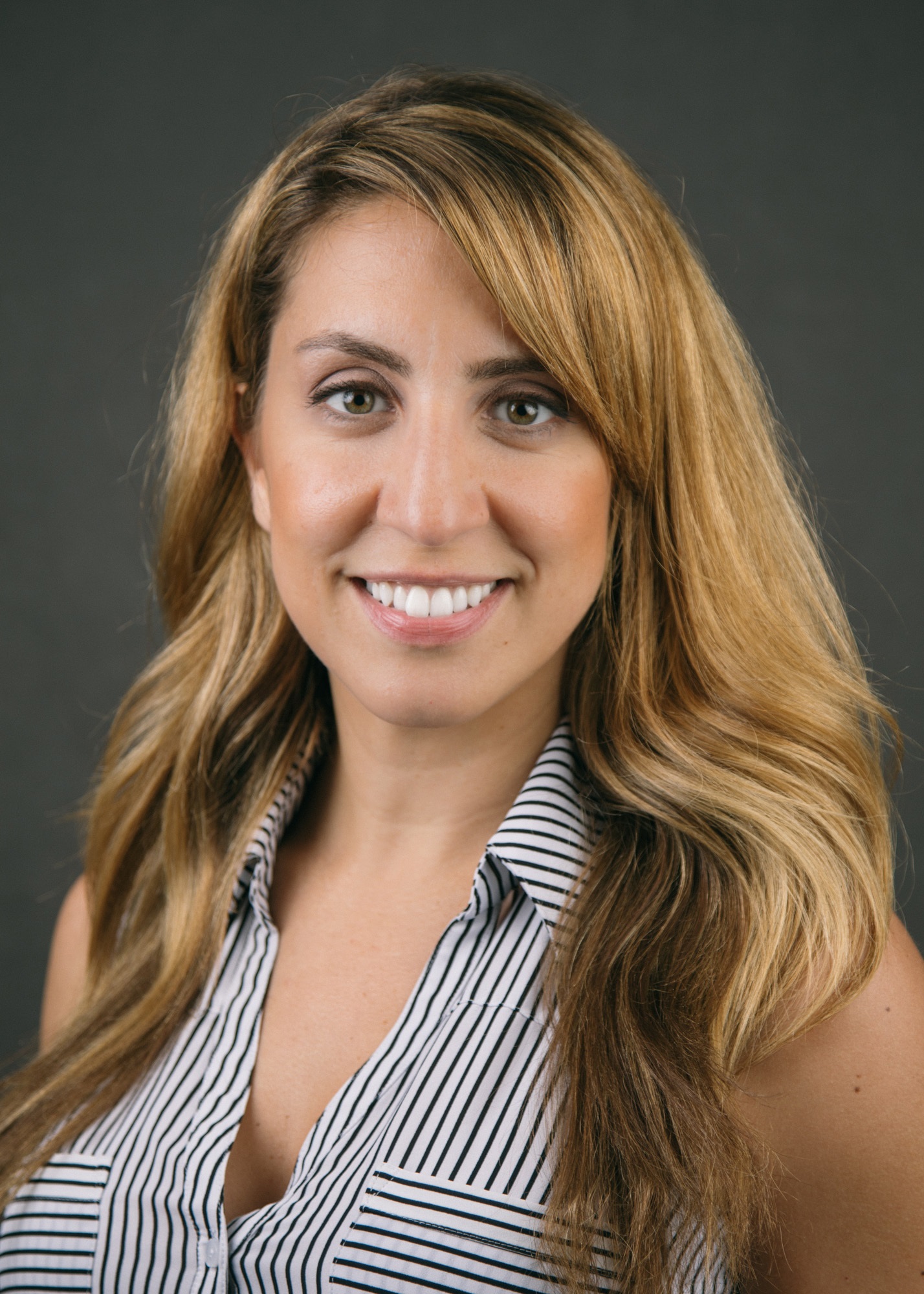- Calls to this hotline are currently being directed to Within Health, Fay or Eating Disorder Solutions
- Representatives are standing by 24/7 to help answer your questions
- All calls are confidential and HIPAA compliant
- There is no obligation or cost to call
- Eating Disorder Hope does not receive any commissions or fees dependent upon which provider you select
- Additional treatment providers are located on our directory or samhsa.gov
Concurrent Treatment of Co-Occurring Disorders for Teens and Adults
Contributor: By Gina M. Bongiorno, MFT, Therapist and lead for the COD program at the UCSD Eating Disorders Clinic.
 Melissa walks into an eating disorders clinic absolutely terrified. She has been binging, purging and restricting since she was 12, but this is her first time in eating disorder treatment and the first attempt at recovery from co-occurring disorders.
Melissa walks into an eating disorders clinic absolutely terrified. She has been binging, purging and restricting since she was 12, but this is her first time in eating disorder treatment and the first attempt at recovery from co-occurring disorders.
She was in rehab for her alcohol and cocaine use last year but did not address the patterns of eating that have caused her to lose a significant amount of weight in a short period of time, obsessively count calories, or purge the food she has consumed.
Indeed, up to 50%1 of individuals diagnosed with an eating disorder are also abusing alcohol or drugs such as marijuana, cocaine, heroin, and prescription medication. Melissa is one of them.
Recovery from Co-Occurring Disorders and How Do We Define a Co-Occurring Disorder?
Melissa has co-occurring disorders; a term used to describe the co-occurrence of one or more psychological disorders with a substance use disorder. According to the Substance Abuse and Mental Health Services Administration (SAMHSA), approximately 8.9 million adults have co-occurring disorders (COD), but only 7.4% receive comprehensive treatment for their conditions.
Primary care physicians and mental health providers can easily miss an eating disorder diagnosis when referring patients to substance use treatment. Why? Often the substance use may appear primary or highest risk, but in fact the function of the substance use is to further the eating disorder by suppressing appetite, restricting intake and maintaining weight loss.
What Substances Are Used to Further Eating Disorders?
 Substances such as cocaine and methamphetamines, alcohol, ADHD medication such as Adderall, and caffeine and nicotine can be abused for these purposes. The development of the co-occurring conditions can also function to:
Substances such as cocaine and methamphetamines, alcohol, ADHD medication such as Adderall, and caffeine and nicotine can be abused for these purposes. The development of the co-occurring conditions can also function to:
- Avoid, escape or numb feelings
- Punish the negative self
- Decrease shame or discomfort
- Manage mood
- Reduce stress and anxiety2
As research furthers our knowledge about the neurobiology of both eating disorders and addiction, along with the pre-morbid temperament traits in co-occurring disorders (e.g., risk tolerance, high emotional sensitivity), we expect to find more similarities in the underlying factors of eating disorders and substance use disorders.
What’s the Best Way to Treat Co-Occurring Disorders?
Historically, clinicians treated co-occurring disorders consecutively, first one, then the other. However, when one receives treatment for one disorder, as is often the case, the symptoms of the other tend to reemerge or escalate. What does that mean for individuals like Melissa? They can experience a spike in eating disorder behaviors as their substance use decreases.
This is especially overwhelming for a patient who is looking for relief. Eating disorder behaviors, like substance use behaviors, act as a form of unhealthy coping. If emotions become unmanageable, escape into the disorder helps to ease the discomfort.
Frustration arises when one unhealthy behavior is substituted for another, and then another, until it feels like a game of whack-a-mole. “What is the point of this?” they often wonder, lowering their motivation for treatment, and more critically, their belief that they can ever recover.
Integrated Treatment Programs
 The problem is that many treatment providers focus on addressing the most acute disorder first, and then refer out for the secondary disorder at a different location with a provider that may contradict the treatment approaches of the first.
The problem is that many treatment providers focus on addressing the most acute disorder first, and then refer out for the secondary disorder at a different location with a provider that may contradict the treatment approaches of the first.
Melissa may be comfortable with the abstinence-only model of addiction, but is suddenly thrown into a very different approach at the eating disorder clinic she attends. Not only can this be confusing for Melissa, but it could also jeopardize her substance use recovery.
Integrated treatment programs are programs that understand the complexities of co-occurring disorders. They address multiple symptomatology concurrently to help the individual obtain a fuller and more lasting recovery. In fact, integrated treatment programs are found to improve treatment delivery, reduce time in treatment, lower overall treatment costs, improve treatment outcome, and lessen consumer confusion3.
The Ups and Downs of Recovery from Co-Occurring Disorders
Recovery from co-occurring disorders can be a long road. Recidivism rates are high, relapses are frequent, and motivation can waiver. For any of us who have experienced, or who have watched a family member experience a co-occurring disorder, it can be an especially challenging journey. The key is to identify and utilize programs that offer integrated treatment as soon as possible.
You want to look for providers:
- That are well trained in the area of specialization and who offer evidence based treatment;
- Who provide comprehensive screening and assessment, including regular drug screening and lab testing;
- Who understand the nuances of each disorder while also acknowledging the implications of their co-occurrence;
- Who offer services in the same location, possibly with different levels of care or whom can coordinate with outside providers as needed; and lastly,
- Who understand that it takes a community of support, structure, and consistency to help the individual manage, recover and ultimately heal from their co-occurring disorders.
About the Author:
 Gina M. Bongiorno, MFT is a senior therapist and manager of the COD (Co-Occurring Disorders) program at the UCSD Eating Disorder Center. Using her expertise in eating and substance use disorders, trauma and Dialectical Behavioral Therapy (DBT), Gina developed the comprehensive, evidence-based COD program. This integrative care model includes daily groups, individual and family therapy, meal support, as well as comprehensive substance/eating disorder assessment and treatment planning.
Gina M. Bongiorno, MFT is a senior therapist and manager of the COD (Co-Occurring Disorders) program at the UCSD Eating Disorder Center. Using her expertise in eating and substance use disorders, trauma and Dialectical Behavioral Therapy (DBT), Gina developed the comprehensive, evidence-based COD program. This integrative care model includes daily groups, individual and family therapy, meal support, as well as comprehensive substance/eating disorder assessment and treatment planning.
UCSD’s Eating Disorder Center is a university-based, non-profit, Center of Excellence that serves as an international leader in research, treatment, and teaching. Treatment programs include three separate clinics: Pediatric, Adolescent, and Adult, offering inpatient, 10- and 6-hour Day Treatment and Intensive Outpatient programs.
References:
- The National Center on Addiction and Substance abuse (CASA), 2003)
- Baker Dennis, A., Pryor, T., & Brewerton, T. (2014) Integrated treatment principles and strategies for patients with eating disorders, substance use disorder, and addictions. In T. Brewerton (Ed.), Eating disorders, addictions and sibstance use disorders: research, clinical and treatment perspectives: (pp. 461-489). New York, NY. Springer.
- Baker Dennis, A., Pryor, T., & Brewerton, T. (2014) Integrated treatment principles and strategies for patients with eating disorders, substance use disorder, and addictions. In T. Brewerton (Ed.), Eating disorders, addictions and sibstance use disorders: research, clinical and treatment perspectives: (pp. 461-489). New York, NY. Springer.
The opinions and views of our guest contributors are shared to provide a broad perspective of eating disorders. These are not necessarily the views of Eating Disorder Hope, but an effort to offer a discussion of various issues by different concerned individuals.
We at Eating Disorder Hope understand that eating disorders result from a combination of environmental and genetic factors. If you or a loved one are suffering from an eating disorder, please know that there is hope for you, and seek immediate professional help.
Reviewed & Approved on May 20, 2015, by Jacquelyn Ekern MS, LPC
Published May 20, 2015, on EatingDisorderHope.com

